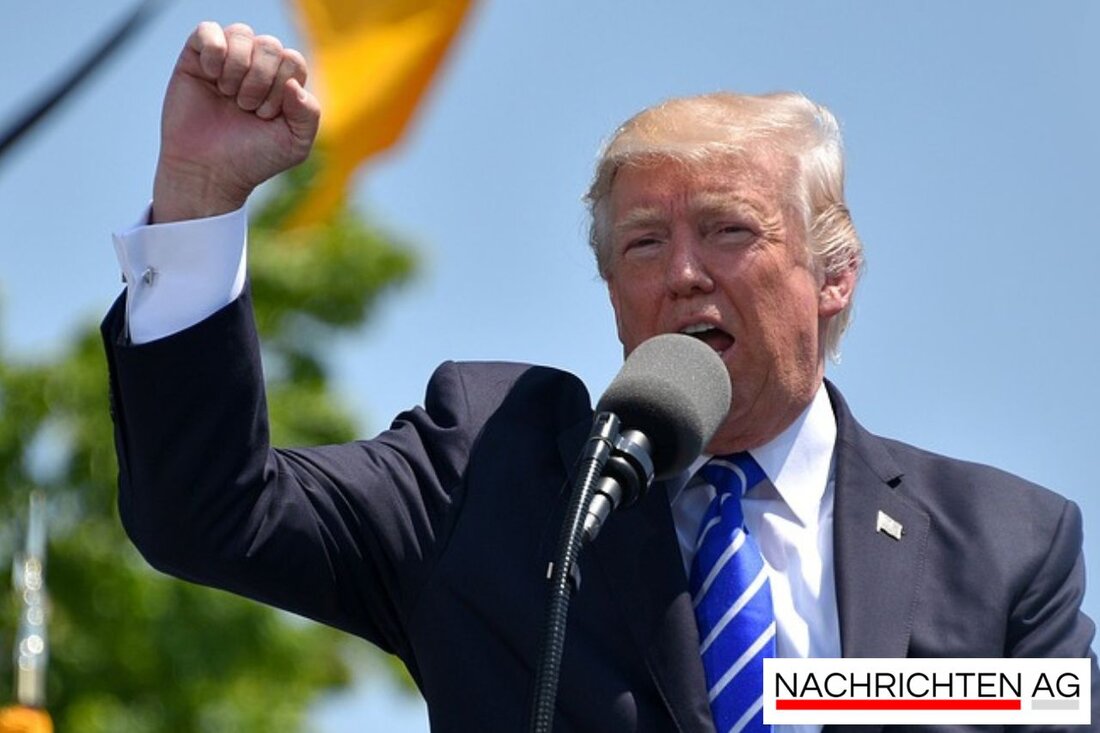Restrictions on journalists in the White House: what's behind them?
Learn how the Trump White House is restricting access to journalists and what it means for press freedom.

Restrictions on journalists in the White House: what's behind them?
In recent days, the White House caused a stir when it announced new restrictions on journalists. Access to an area of the press office will now be regulated, meaning that reporters will have to make an appointment to visit this area in the future. Government spokeswoman Karoline Leavitt, among others, has her office in this area View reported. Previously, accredited journalists were able to move freely in the White House press area, but that has now come to an end.
The White House justifies this step with the need to maintain confidentiality. Leavitt explained that the press office is also responsible for National Security Council communications and therefore there may be confidential documents in the offices. The White House Correspondents' Association (WHCA) also sharply criticized the new regulations as they endanger press freedom and access to information.
Growing tensions between media and Trump
Under President Donald Trump, the relationship between the White House and the media has become increasingly tense. Leavitt accuses the media of being biased and not reporting fairly on the president. In this context, there were also considerations about moving media representatives from the White House to a neighboring government building. Again daily news reports, the government plans to decide for itself which media can report on Trump. The decision breaks a decades-long tradition in which an independent coalition of news organizations supported the president.
A crucial change concerns the press pool, which will in future be determined by the White House press team. Until now, the selection was regulated by a WHCA circular process. Leavitt justifies this modernization with the desire to provide access to more media, especially local broadcasters. However, many of these stations are part of the Sinclair media group, which is known for its right-wing populist orientation and has centrally controlled reporting guidelines.
Criticism from the news world
The new regulations were seen as a serious threat to democratic freedom of the press. Jon Marshall, a media history professor, criticized the danger of allowing leaders to choose their own press corps. The President of the WHCA, Eugene Daniels, also expressed concern about this development and emphasized that such measures cannot be in the spirit of free and independent reporting.
The background to these strict measures could be a dispute with the AP news agency, which refused to use the term “Gulf of America” given by Trump. As a result, AP was barred from access to the Oval Office. A federal judge recently dismissed AP's lawsuit against the White House because irreparable harm could not be proven.
In addition, the Defense Department has tightened access rules for journalists in the Pentagon. All of these moves suggest that Trump's administration is increasingly seeking control and influence over media coverage.
The situation remains tense, while the discussion about freedom of the press and access to information is part of everyday political life in the USA. Although media representation is criticized, it is important that the public has access to diverse and objective information.

 Suche
Suche
 Mein Konto
Mein Konto